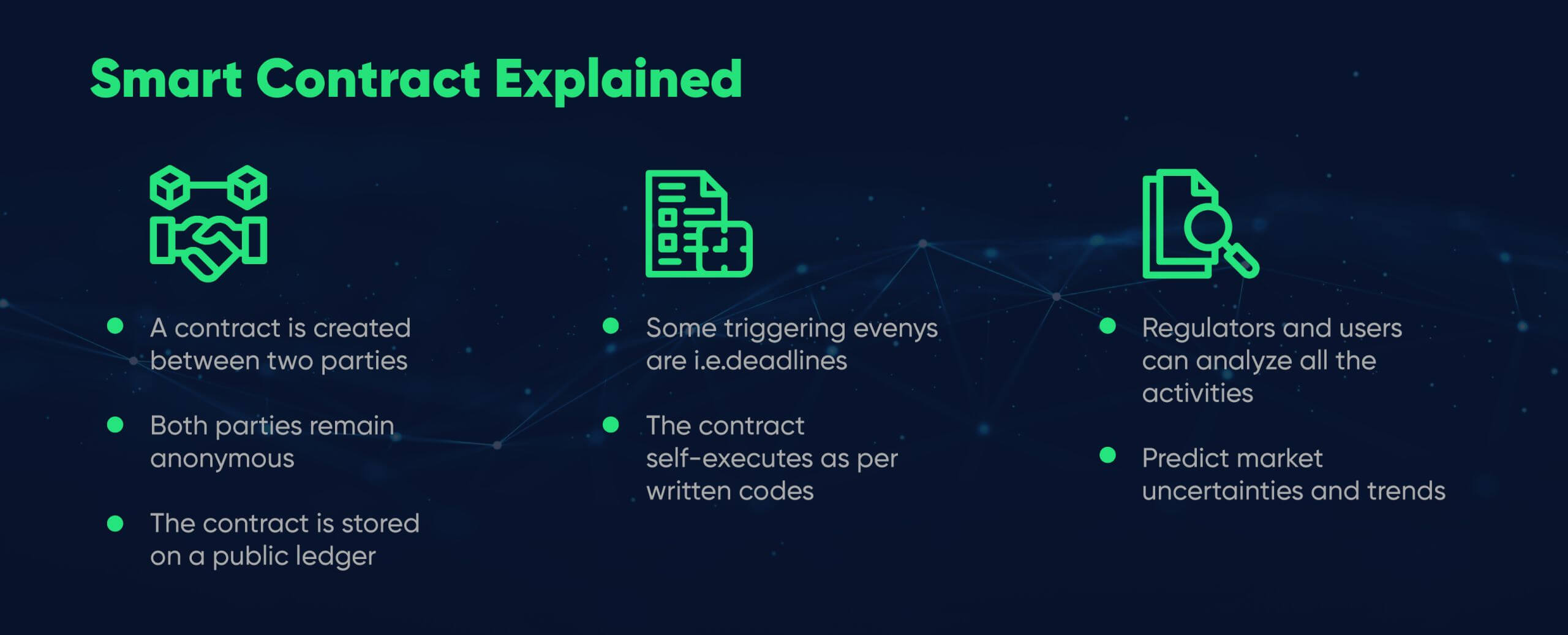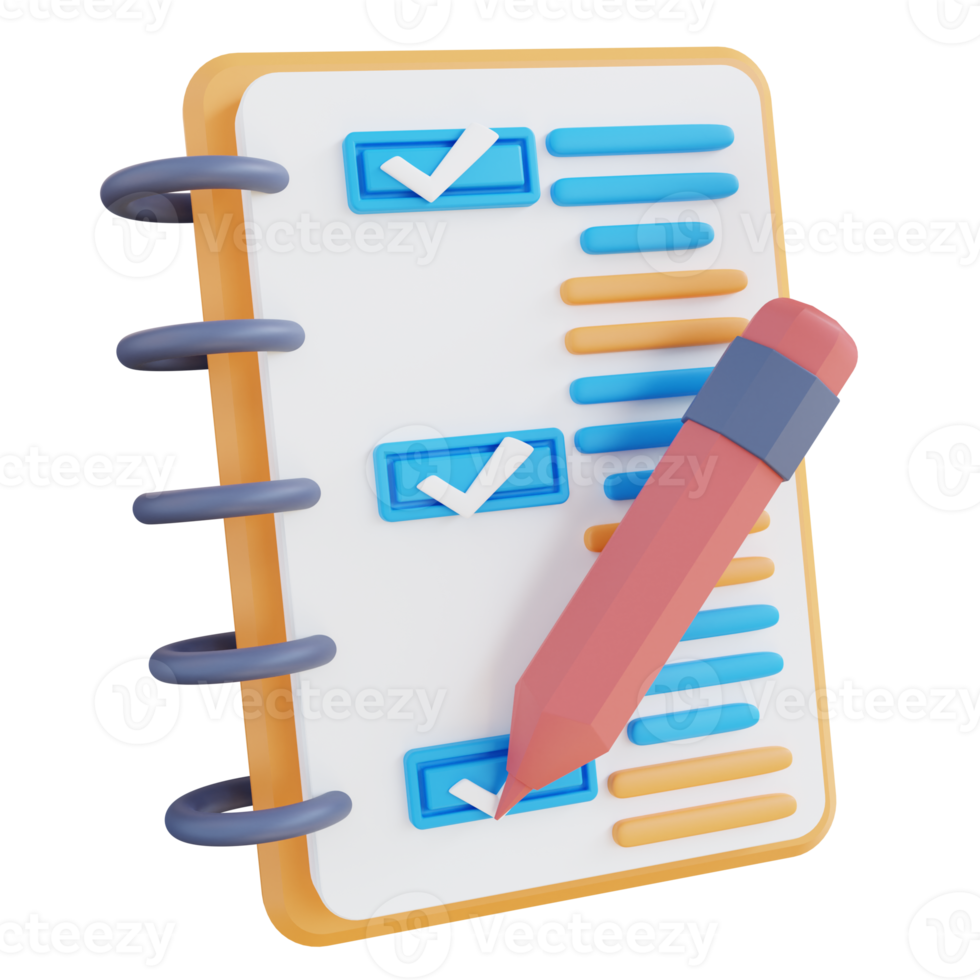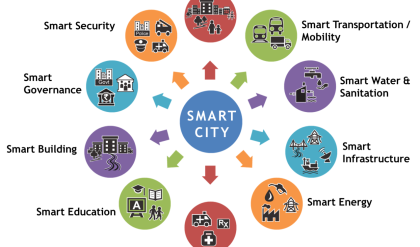
Ditch the To-Do List: Smart Services for Effortless Productivity
The to-do list. That seemingly innocuous piece of paper (or digital equivalent) that promises organization but often delivers overwhelm. We scribble tasks, cross them off with a sense of fleeting accomplishment, only to find ourselves buried under a new avalanche of responsibilities. It’s time to acknowledge the to-do list’s limitations and embrace a smarter, more integrated approach to productivity. This isn’t about abandoning organization; it’s about evolving it. This article explores smart services designed to streamline your workflow, ditch the endless list, and reclaim your time.
Beyond the Bullet Points: A Paradigm Shift
Traditional to-do lists suffer from several inherent flaws. They lack context, often fail to prioritize effectively, and rarely integrate with the tools you already use. Smart services address these shortcomings by offering:
- Contextual Awareness: These services understand the nature of your tasks, connecting them to projects, deadlines, and even your location.
- Intelligent Prioritization: Algorithms help you focus on the most important tasks, reducing decision fatigue.
- Seamless Integration: They integrate with your calendar, email, and other productivity tools, creating a centralized hub for all your work.
- Automation: Many services offer automation features, handling repetitive tasks and freeing up your time.
Smart Services: Your New Productivity Powerhouse
Here are some leading smart services designed to revolutionize your workflow:
| Service | Key Features | Best For |
|---|---|---|
| Notion | All-in-one workspace, databases, wikis, tasks | Project management, note-taking, knowledge base |
| Asana | Project management, task assignment, collaboration | Teams and collaborative projects |
| Trello | Kanban board system, visual task management | Agile workflows, visual learners |
| Todoist | Task management, natural language processing | Individual task management, prioritization |
| TickTick | Task management, habit tracking, time management | Habit building, detailed task scheduling |
Beyond the Apps: Strategies for Success
Choosing the right smart service is only half the battle. Effective implementation requires strategic thinking:
- The “Two-Minute Rule”: Tackle any task that takes less than two minutes immediately. This prevents small tasks from piling up.
- Time Blocking: Schedule specific blocks of time for focused work on particular projects or tasks.
- The Eisenhower Matrix: Prioritize tasks based on urgency and importance (urgent/important, important/not urgent, etc.).
- Regular Review and Adjustment: Don’t be afraid to adapt your system as your needs evolve. Regularly review your workflow and adjust your strategies accordingly.
Embracing the Effortless Workflow
Ditching the traditional to-do list doesn’t mean abandoning organization. It means embracing a more sophisticated, integrated, and ultimately effortless approach to productivity. By leveraging smart services and implementing effective strategies, you can transform your workflow from a source of stress into a well-oiled machine, allowing you to focus on what truly matters: achieving your goals. Experiment with different services, find the perfect fit for your needs, and experience the liberating feeling of effortless productivity. The future of work is here, and it’s smarter than ever before.

Additional Information
Ditch the To-Do List: A Deeper Dive into Smart Services for Effortless Productivity
While the concept of “ditching the to-do list” in favor of smart services might seem radical, the underlying principle – leveraging technology to optimize task management – holds significant merit. The effectiveness, however, hinges on a nuanced understanding of the limitations of current technologies and a strategic approach to their integration. This analysis will explore the strengths and weaknesses of this approach, delve into specific service types, and consider its implications for different work styles and individual needs.
Beyond Simple Task Listing: The Functionality Spectrum of Smart Services
To-do lists, in their simplest form, suffer from several drawbacks: they are often static, lack context, fail to account for dependencies between tasks, and offer limited insight into overall productivity. Smart services aim to overcome these limitations through several key functionalities:
-
Intelligent Scheduling and Prioritization: Unlike manually created lists, smart services utilize algorithms (often incorporating AI) to prioritize tasks based on deadlines, importance (user-defined or inferred), and even context (e.g., location, energy levels). Examples include tools like Google Calendar with smart scheduling features or specialized project management software like Asana or Monday.com, which allow for dependency mapping and automatic task re-ordering.
-
Integration and Automation: Effective smart services integrate with other applications, automating repetitive tasks. This might involve automatically adding meeting details from emails to calendars, creating tasks based on received messages, or triggering notifications based on predefined criteria. Zapier and IFTTT are prime examples of platforms facilitating such integrations. However, the effectiveness relies heavily on the seamlessness of the integrations and the user’s ability to configure them correctly.
-
Data-Driven Insights and Analytics: Many smart services offer reporting features, providing valuable insights into productivity patterns. Analyzing task completion rates, time spent on specific activities, and identified bottlenecks can inform improvements in workflow and time management. This data-driven approach allows for continuous optimization and personalization of the system.
-
Collaboration and Communication Facilitation: For team-based projects, smart services provide collaborative features such as shared task lists, progress tracking, and integrated communication channels. This reduces email overload and enhances transparency and accountability. Tools like Slack, Microsoft Teams, and Trello excel in this area.
Limitations and Challenges:
Despite the advantages, relying solely on smart services presents challenges:
-
Technology Dependence: Over-reliance on technology creates vulnerabilities. System failures, internet outages, or software glitches can disrupt workflow significantly.
-
Information Overload: While smart services aim to streamline, poorly configured systems can lead to information overload from constant notifications and alerts.
-
Implementation Complexity: Setting up and customizing smart services effectively requires time and effort. The learning curve can be steep, and the benefits may not be immediately apparent.
-
Data Privacy Concerns: The use of smart services necessitates sharing data with third-party providers, raising potential privacy concerns. Users must carefully evaluate the privacy policies of chosen services.
Case Study: A Comparison between Traditional To-Do Lists and a Smart Service
Consider a freelance graphic designer managing multiple projects. A traditional to-do list might involve handwritten notes or a simple digital list. Using a smart service like Asana, the designer can create projects, assign tasks with deadlines, track progress visually, and even integrate with communication platforms to keep clients updated. The data-driven insights from Asana could highlight if the designer consistently underestimates project timelines, leading to improved estimations and resource allocation. This exemplifies the potential for significantly improved efficiency and reduced stress compared to a less structured approach.
Conclusion:
“Ditching the to-do list” is not about abandoning task management entirely; it’s about evolving it. Smart services offer significant potential for enhancing productivity, but their effectiveness relies on careful selection, strategic integration, and a conscious effort to avoid over-reliance and address potential limitations. The future of personal and professional productivity likely involves a hybrid approach, leveraging the best features of smart services while retaining elements of personal control and mindfulness. A well-considered strategy, acknowledging both the advantages and potential pitfalls, is key to harnessing the power of these tools.





